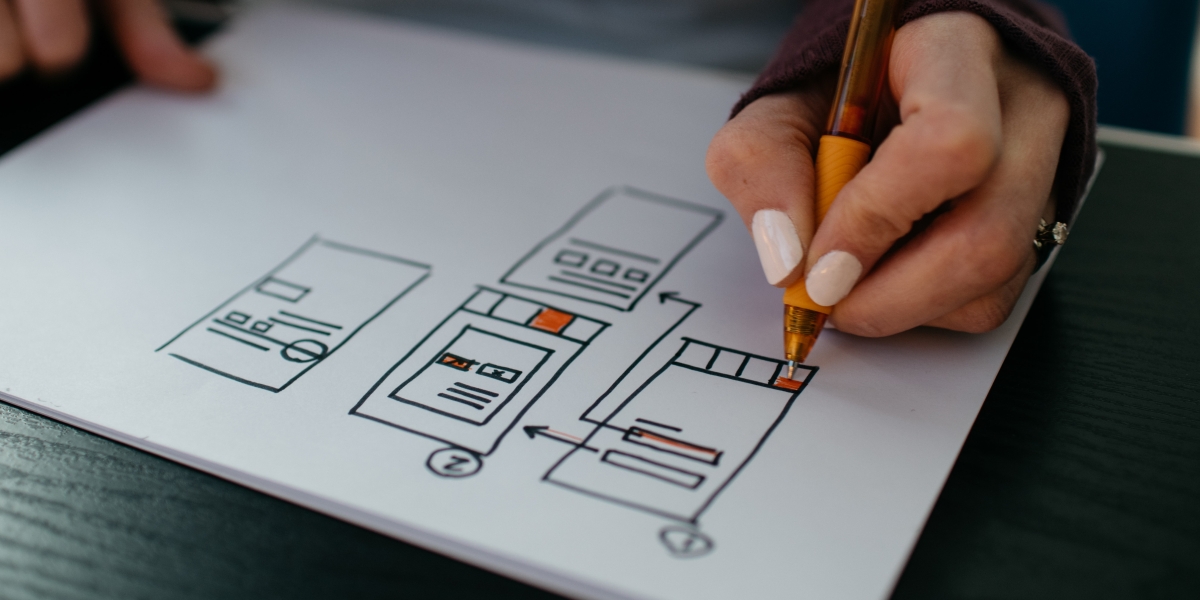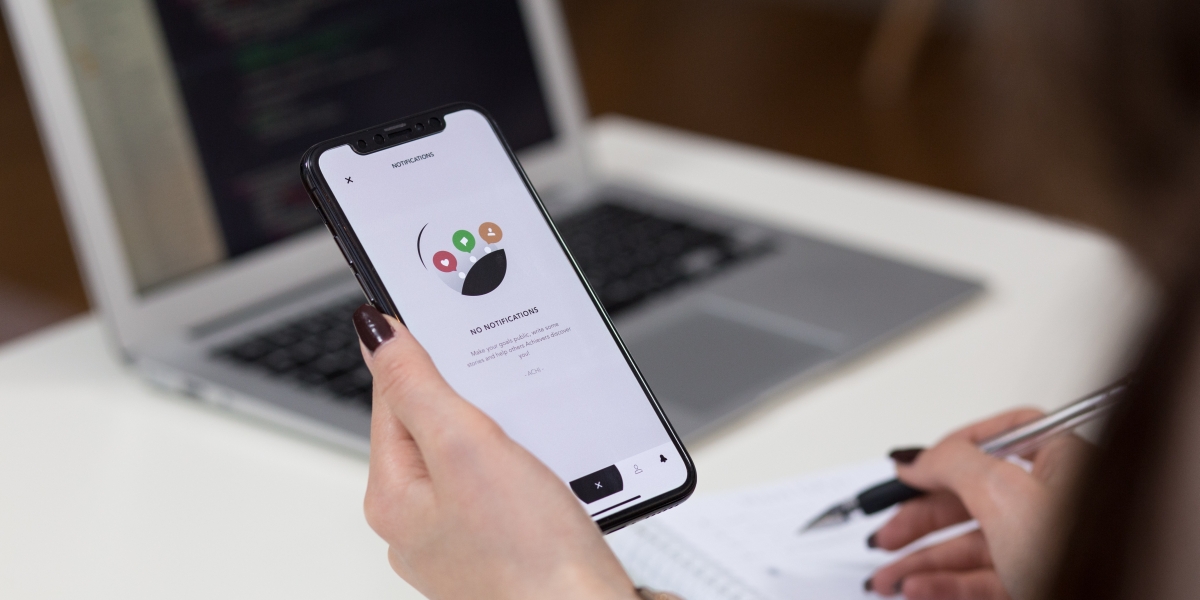The Best Way to Develop an App in 2022: Save Time and Money
Globally, there are more than three billion smartphone users. According to research, there are over 3 billion smartphone users worldwide — and the number is growing. By the end of 2021, eCommerce sales using mobile devices will exceed by dollar 3.5 trillion as per EIN Presswire.
Developing an app may have seemed a tough job a few years ago, so was designing a business website. With custom app builders like Builder.ai, custom web development is now a piece of cake. And if you use creative briefs the right way, everything may become even easier for you and your team.
Let us return to apps. When you consider the number of users of various mobile devices — such as wearable technology or the world’s over 1 billion tablet users — the value of a professional mobile app exponentially grows.
However, how do businesses learn to develop an app that meets their business goals without blowing their budget or completely reworking their revenue model?
It turns out that the most critical software development businesses use numerous practices while developing dedicated mobile apps for their clients.
App builder platforms like Builder.ai have made it easy for all companies to digitalize their business into an app.
Developing an App in 2022

Understanding the process of developing an app is critical for businesses. It will enable them to select the best partner for their business, pick a solution that suits their budget, and have a complete understanding of how an app development project is moving.
And when you understand the ins and outs of a project, you position yourself for long-term success. Building a mobile application is time-consuming.
This new platform should represent a consistent brand identity, be compatible with your website and responsive mobile site, and encourage users to download and convert within the application. It could appear overwhelming to know where to begin.
Without further ado, let’s jump right into it.
1. Come Up With a Unique Mobile App Idea
The first step in learning how to develop an app is to establish the app’s concept. Consider the objectives you wish to accomplish and how the mobile app will assist you in achieving them.
It will show a vision for the project and guide the functions and design elements required to accomplish your business targets.
2. Establish a Revenue Model for Your App

While this may appear to be a later phase, you should consider how your mobile app will generate revenue very early on, affecting the user interface design.
The most popular ways to earn money are as follows:
- Upgrades and in-app purchases
- A fully functional eCommerce app
- Pay-to-download
- Advertisements from third parties within the application
3. Decide on the Features and Functionalities of Your Mobile App
Many companies make an error of incorporating too many features into their mobile app – particularly in the initial phase. A better option would be to separate desired features from mandatory functions.
Include only the necessary elements in your app’s first version. Believe it or not, user feedback will inform you later about additional features that clients desire.
4. Create a Wireframe and Map Out the User Experience

After determining the purpose and desired features of your app, a user experience designer — in collaboration with other professionals such as a digital strategist or a tech-savvy — will construct a wireframe and outline the user experience.
Builder.ai lets you build an MVP for your mobile app as well.
5. Develop a User Interface
After the wireframe and customer journey are approved, an app designer will construct the interface, using images, colors, and designs to create an engaging and well-branded experience.
In other words, the designer will develop a mockup (a medium- or high-fidelity representation of the product) to evaluate the design’s appearance.
Additionally, mockups help assess the design’s accessibility and visual consistency, allowing designers to improve its appearance and usefulness.
6. Test the Mobile App in a Development Environment

Once the mobile app design is ready, the heavy lifting begins — that is, app developers code the platform. They should do so in a test environment to ensure thorough testing throughout the development process.
Additionally, app development businesses will create both the frontend — the part of an app that is visible to clients — and a backend that enables team members to manage content.
However, app builders today allow you to develop an app without needing to hire a development team. Builder.ai, for example, is an excellent platform for developing custom apps and no-code apps.
In Conclusion
App development is a bare minimum for businesses to survive and grow in this digital market. Build a custom app with Builder.ai and digitize your business to a whole new level.



